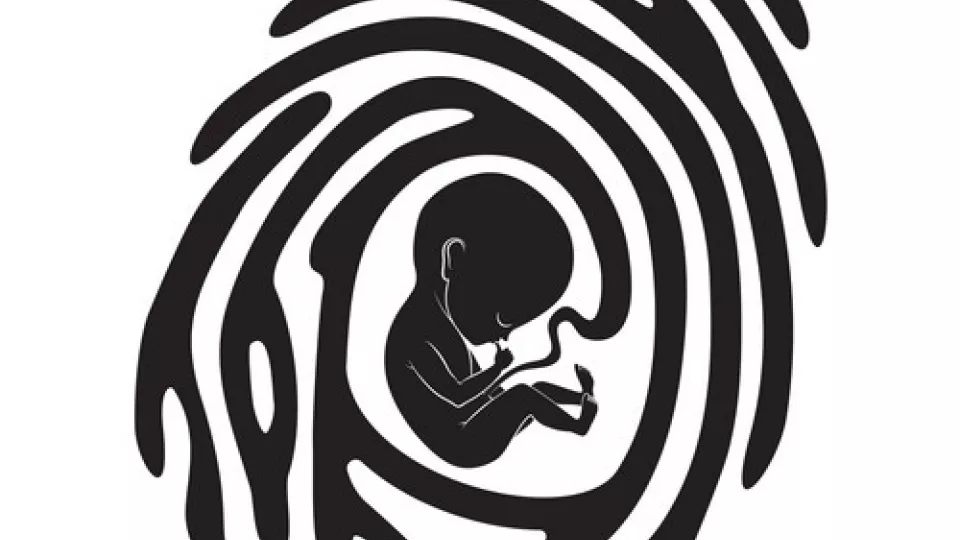
Fetal Microchimerism: What Babies Leave Behind
Most babies are leaving their mark on mothers, detectable even after birth, in the form of fetal cells left behind after pregnancy. Image courtesy of Shutterstock.
A recent study published in Molecular Human Reproduction reports evidence of fetal cells escaping the womb and taking up residence in various organs of their mothers—a phenomenon known as fetal microchimerism. Researchers at the Leiden University Medical Center took samples from multiple organs of recently pregnant women and detected the presence of cells containing a Y chromosome, which would have originated from male fetuses, in 100% of samples. This lends weight to the theory that fetal microchimerism is common and possibly universal. Linda Randolph, MD, head of the Division of Medical Genetics at Children’s Hospital Los Angeles who has previously authored a paper on fetal microchimerism, spoke to us about this interesting phenomenon.
How do these cells persist despite potential immune reactions?
Evidence supports the hypothesis that the fetal cells somehow modulate the maternal immune system to allow them to persist seemingly undetected.
Do fetal-derived cells function within the mother’s body like the mother’s own cells?
Some appear to. For example, some fetal cells that go to the maternal heart become cardiac cells and appear to function alongside the cardiac cells of the mother’s heart.
These chimeric cells are also thought to heal wounds. Fetal cells have a regenerative nature, and may be able to settle in damaged organs and become part of the maternal repair response.
What are some other potential medical implications of fetal microchimerism?
Studies show mixed conclusions as to whether or not fetal microchimerism is protective against disease in general. Some researchers theorize that autoimmune diseases to which women are more prone than men, especially Graves’ disease, and Hashimoto thyroiditis, are related too, at least in part.
Fetal microchimerism may also have a connection with cancer, though it’s not clear if it is protective or contributing to the disease. For instance, fetal cells are found in lower frequencies in the circulation of women with breast cancer, while high concentrations of fetal cells have been found in maternal tumors. This suggests either that the fetal cells are somehow helping to drive tumor growth or that they may be involved in fighting the cancer.


